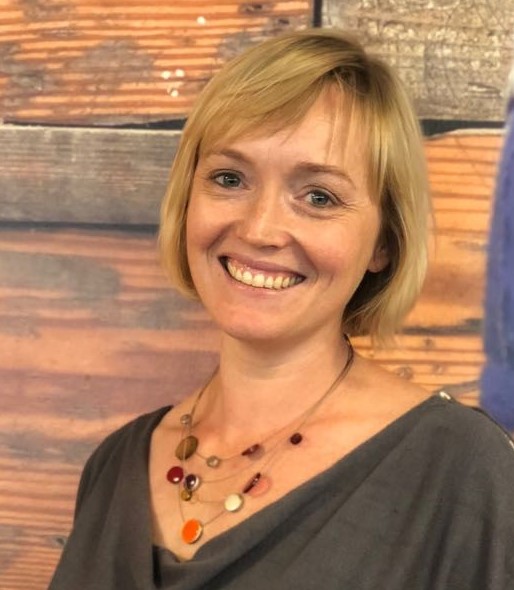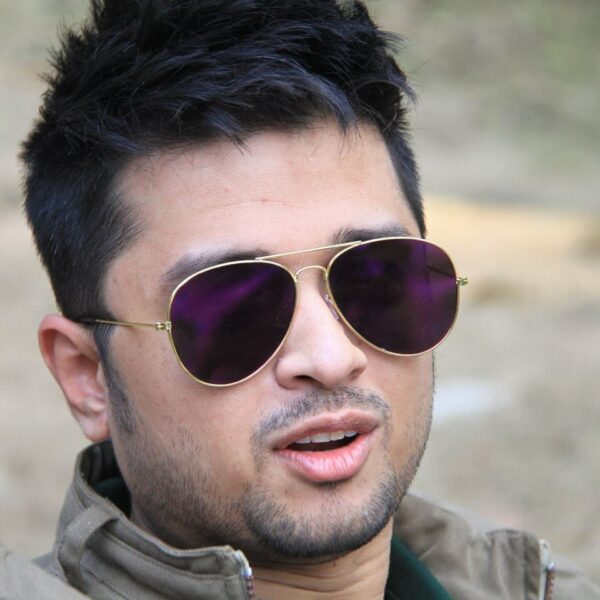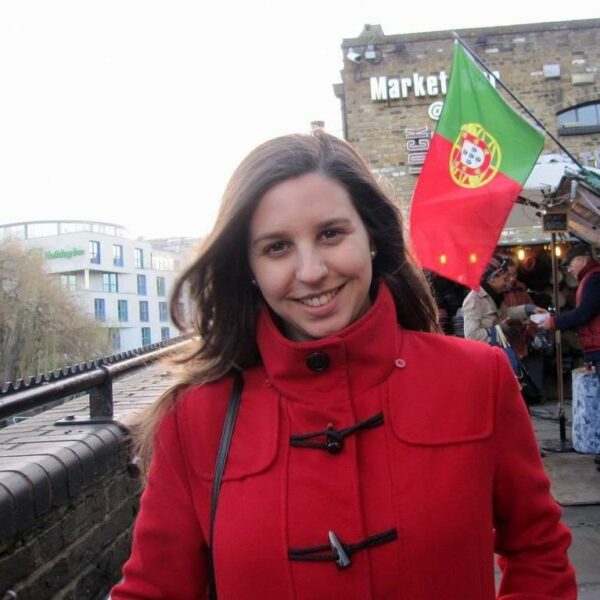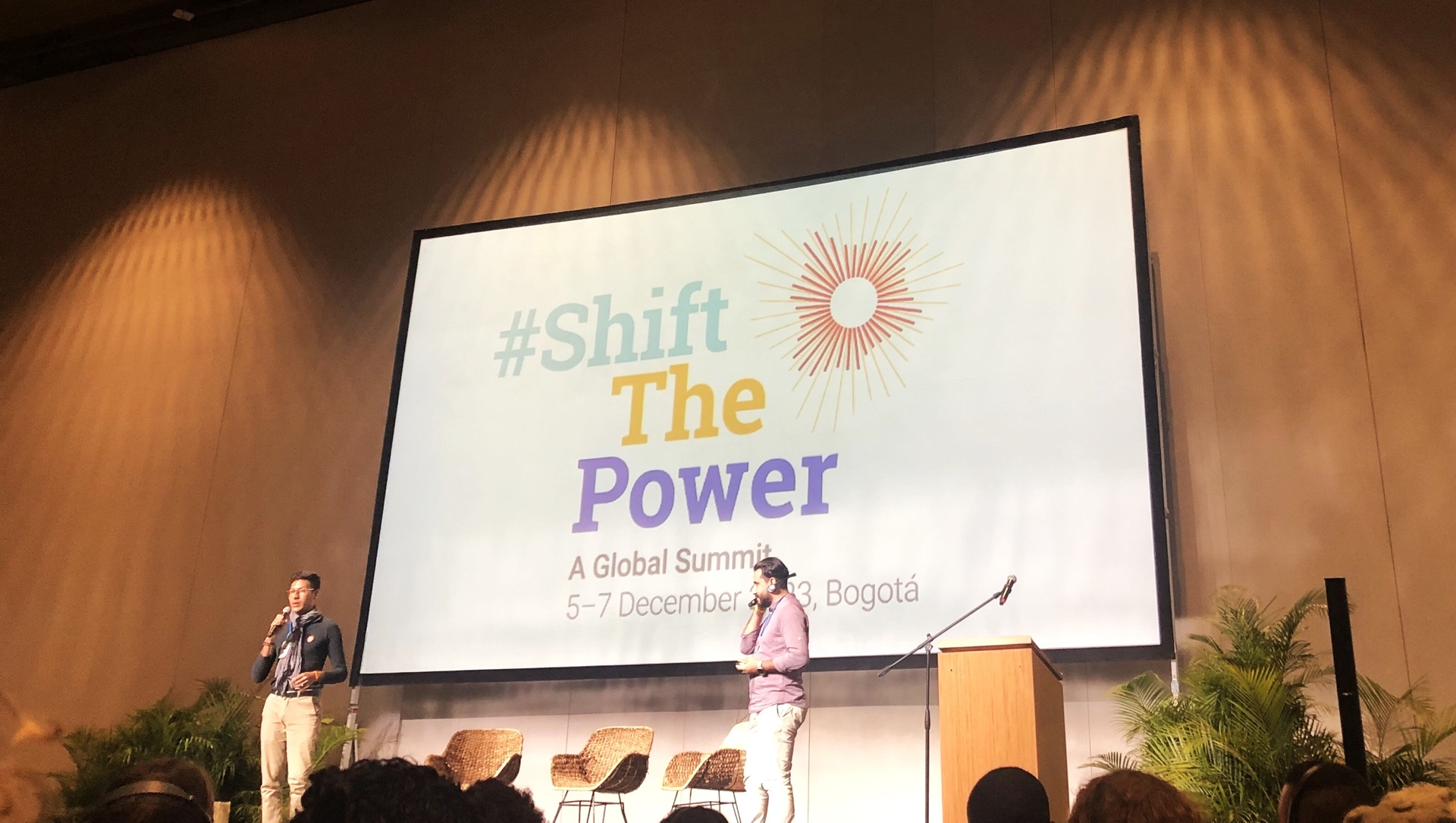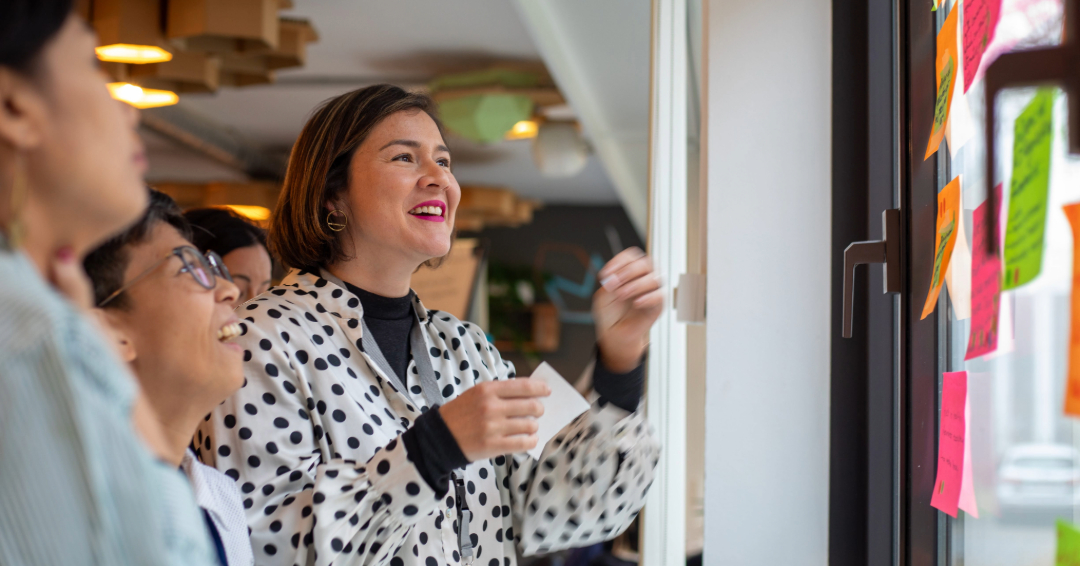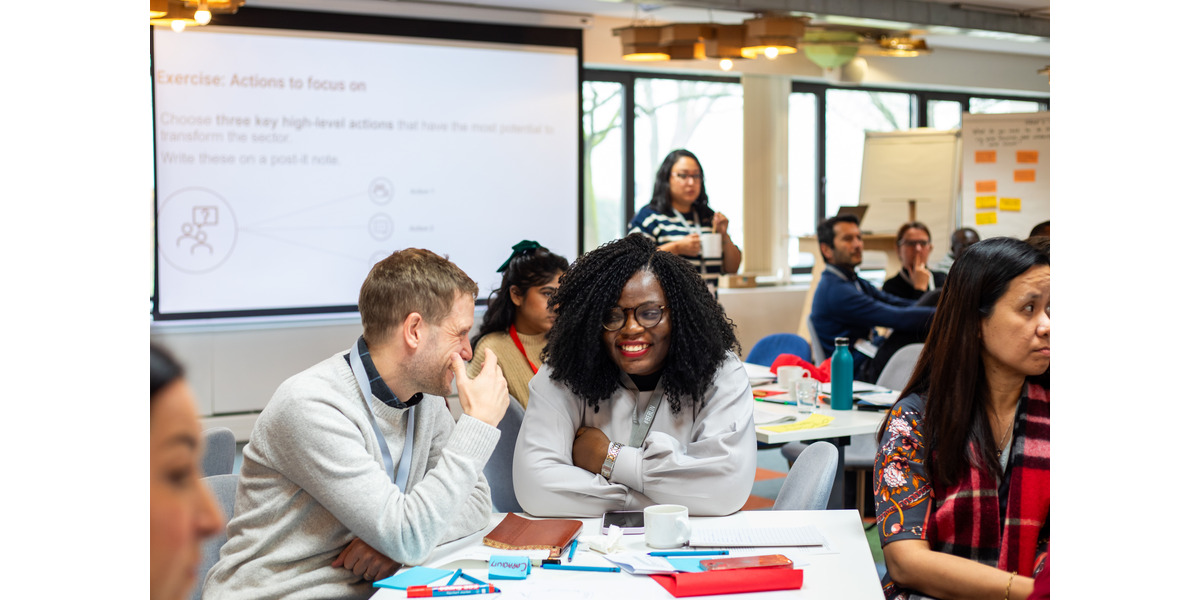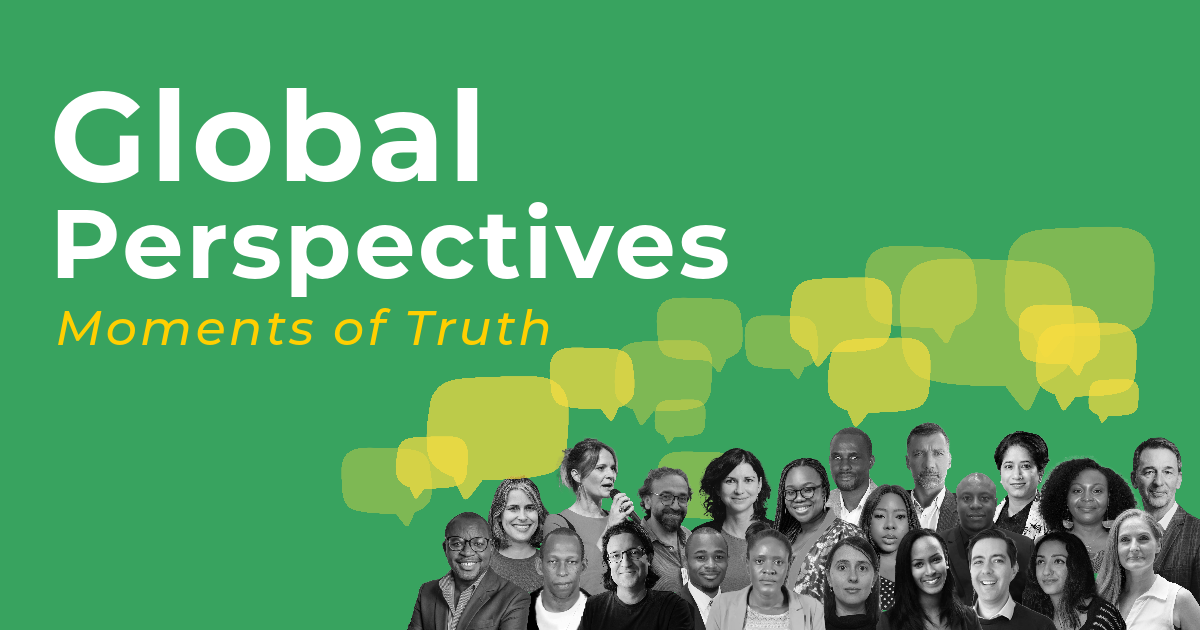In the lead up to Global Perspectives 2018: Engaging a #NewGeneration we will take a look at initiatives by and for young people that aim to help them improve their lives. These initiatives show how young people are already impacting the civil society sector, and beyond, throughout the world. They will form the basis of our discussions at this year’s Global Perspectives. Please find more Global Perspective related content here.
Bangladesh has made enormous social progress over the last decade, but there are still millions of children who face discrimination and poverty on a daily basis. Within this context, Save the Children has supported young campaigners to connect with marginalised children and together call for better access to health, education and protection.
Why is it important for young campaigners to connect across society?
Exclusion is central to understanding why some children have not benefitted from progress in Bangladesh. However, social action to tackle exclusion is complex. The concept does not easily translate into one clear identifiable societal change. It requires a number of interventions within different sectors across different strata of society.
One idea is to join forces with young people and support them to explore what exclusion is and what can be done about it. Partners in Bangladesh are doing this by igniting a conversation across social divides. The idea being that if young people can be supported to come together, share their experiences and learn from one another, they can also engage decision makers and the media and start to bridge the gap between the most marginalised communities and those who hold the power to make change.
This campaign is called #bridgingthegap.
How did it work?
Jaago, leading newspaper Daily Star and Save the Children formed a partnership aimed at supporting young volunteers to connect with peers, tell stories and raise issues on the political agenda.
A group of urban young people received training on the issues and story telling[1] and then met young people living in urban slums and rural areas. Together young people discussed their commonalities, differences and the issues that underpin exclusion. While on these visits, young people created and shared content through their personal social networks and had a news platform to publish their stories. This process has allowed them to spread knowledge and act as champions for issues they care about. The young champions were also brought together with policy makers to further discuss challenges and solutions.
One of the things discussed in great detail was that of transportation in rural areas. The present Government officials did mention that this is something they are keen to work on. Water supply, electricity and gas for slum dwellers were also a challenge affecting everyday life and something the Government wanted to address as well.
What has the campaign achieved so far?
Creating a national discourse on exclusion
The stories from young people were shared across traditional and social media, #bridgingthegap trended nationally on social media with a reach of 28 million people. In traditional news, national newspapers covered ‘untold stories’ – one cover story and 6 news stories. Many of these discussions focussed on access and affordability and future opportunities for excluded young children.
The initiative generated interest from UN and partner organisations, but the success of coverage and discourse was primarily due to partners taking a step back and encouraging young people to lead the discussion. If partners are able to continue to support young people to raise these issues, the hope is that this will start to build awareness and change attitudes towards the people that face discrimination and the systems that create exclusion and discrimination.
Policy makers listening to young people
Young people were given a platform to talk with government officials. They shared their concerns and recommendations, discussing how Bangladesh could meet the Sustainable Development Goal targets. Government representatives listened and made a number of positive statements on how the recommendations made by young people could be used to tackle issues of exclusion and discrimination. If there is sustained pressure on decision makers for policy change and accountability there may be an opportunity to shift decision making towards excluded communities.
Building confidence
Young campaigners said that the experience was transformative both for their understanding of the issue and for how to campaign. Many feel motivated to continue campaigning within their communities. Beyond the immediate issues, by building the agency of young people to continue to create social changes within their communities, the hope is that they will continue this work into the future.
Participants Perspectives
“When you are not aware of other people’s problems, you cannot solve them. But when you go there and see their problems with your own eyes, you think about what you can do.”
“This campaign totally changed my mentality and my opinion. I realised how different our lives are and that I am very lucky for all the chances I have. It was a blessing to me. I learned about another part of our society.”
“After the campaign I shared my experience with my friends and encouraged them to take action to help”
What are we learning?
Collaboration is central to this success. Partners have stood back and encouraged youth to lead, they have shared common expectations and been flexible and adaptive. This process has been time consuming but worth the investment.
Replicating the model – partners agreed that the model has the potential to be replicated. It is an inexpensive way to create discussion, mobilise young people and engage the wider public on issues that will impact on the next generation of adults and decision makers. The only issue stopping replication is further seed funding.
Influencing policy and attitudes in a middle income context – As Bangladesh becomes a middle-income country the role of international organisations like Save the Children will move aware from service delivery. Supporting the public, the media and young people to unpick and communicate the issues that affect the population will be an important role to play.
The power of young people – By 2025 it is expected that 60% of the population in Bangladesh will be between 18-35 years old. These young people will be the future decision makers. There is an opportunity to empower and encourage these young people to actively participate in society and there is an important role for partnerships, such as this one, to support this process.
Aknowledgements:
Reefat Sattar, Karim Waheed, Korvi Rakhshand, Thouheda Tabassum.
[1] Training included an overview of concepts like exclusion, child safeguarding, storytelling, video editing and photography.
